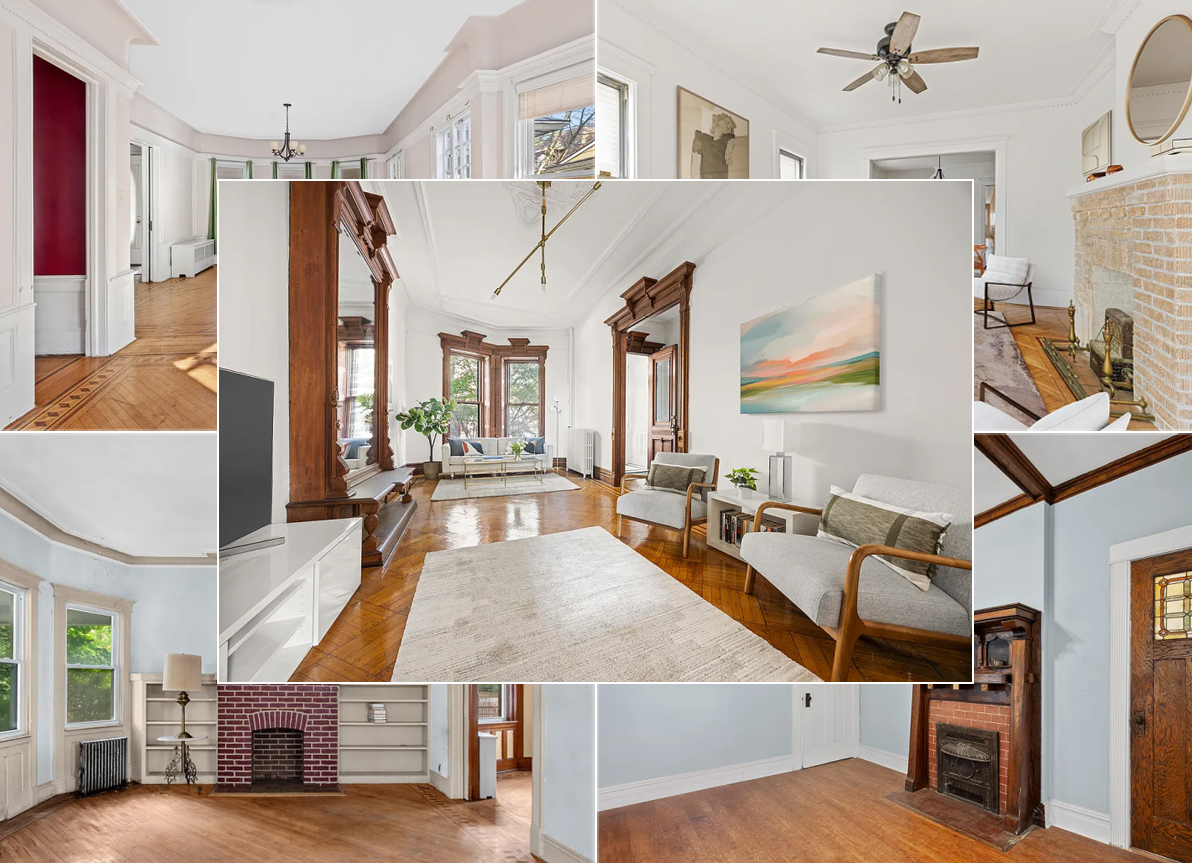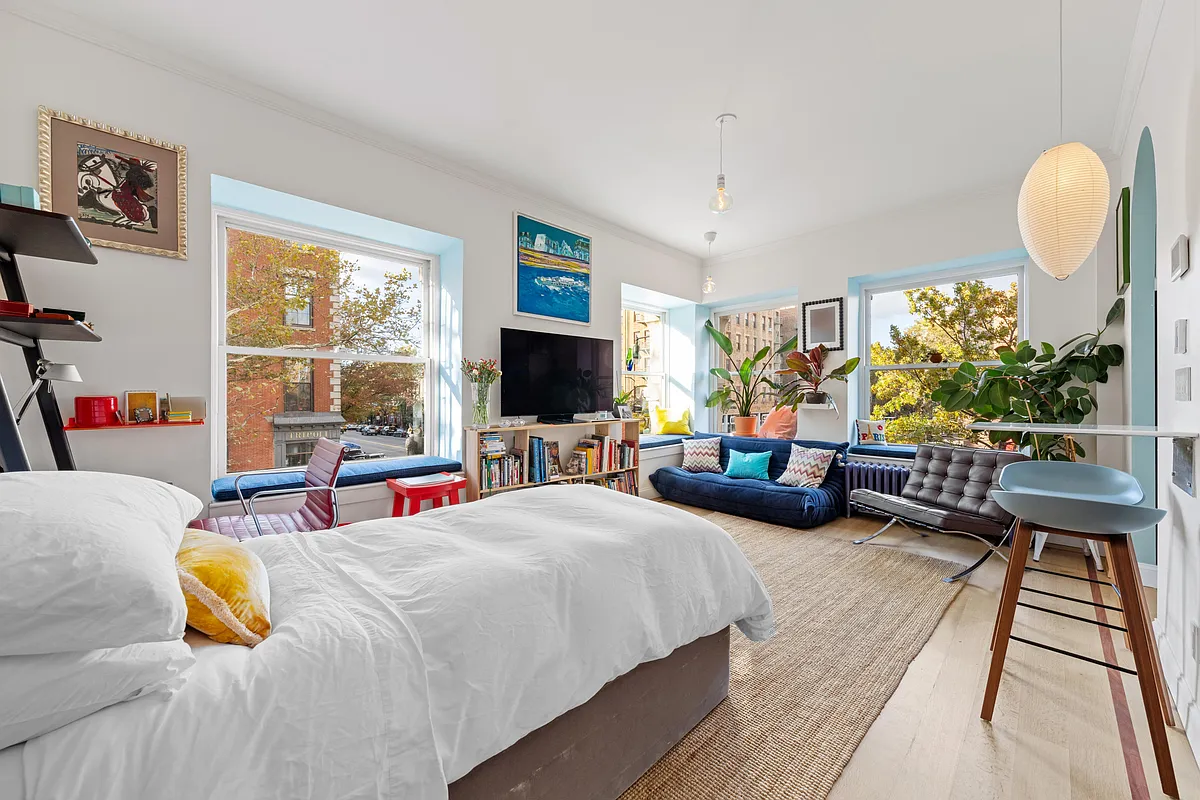Ratner Considers Prefab Tower for Atlantic Yards
The Times reports that Forest City Ratner is considering modular construction for its first, 34-story high-rise at Atlantic Yards. The story says that though the move would cut costs, a prefabricated tower “is untested at that height” and the move would likely piss off construction workers, who were among the mega-project’s most vocal supporters. Although…
The Times reports that Forest City Ratner is considering modular construction for its first, 34-story high-rise at Atlantic Yards. The story says that though the move would cut costs, a prefabricated tower “is untested at that height” and the move would likely piss off construction workers, who were among the mega-project’s most vocal supporters. Although the the developer has its architecture firm SHoP working on designs for both a traditional and modular building, another consideration is whether a prefab structure of this height would actually result in much of a cost savings, according to the story: “Whether taller modular buildings can be built to withstand intense wind shear and seismic forces, while retaining cost savings, is another question, because the higher a structure is built, the more bracing it would require.” The article says developer Bruce Ratner has been “captivated” by the video above, which shows a modular hotel rising in China in just a few days.
Prefabricated Tower May Rise at Brooklyn’s Atlantic Yards [NY Times]





How can we ask a developer to forgo a safe, proven, cheaper form of construction in order to artificially create jobs? Now whether politicians and unions (which certainly have a right to be heard) will think twice in the future when the accept the wildly inflated claims of said developers to justify subsidies and support for similar projects, well, that is a different matter. It is reset time for American ambitions, folks. We don’t have unlimited money, and yet our infrastructure investments are woefully inadequate.
“we need more prefab construction in nyc. it takes longer to renovate a stupid subway station than it did to build the brooklyn bridge. lame. ”
Also, The Brooklyn Bridge took 13 years to complete. Which subway station is taking that long?
“Twenty seven people died constructing the Brooklyn Bridge. It killed John Reobling himself and almost killed his son Washington.”
so the reason why construction time and cost has increased exponentially over the past century is safety?
Twenty seven people died constructing the Brooklyn Bridge. It killed John Reobling himself and almost killed his son Washington.
New York was a leader in pushing the scale of steel buildings and bridges, as well as urban transportation well into the 20th century.
According to the article the prefab would only be for the low income housing portion of the project. Assuming the construction is safe and can withstand the potential environmental stresses I think this would be a fantastic use of what is a public/private project. Modular construction is the future given its cost savings and efficiencies. Large project construction is too expensive and takes too much time for this not to be something we should consider.
“While I think a strong argument can be made that unions have outlived their usefulness, where would we be if they hadn’t come along?”
I’ve never said they weren’t useful, nay, essential back in the early part of the 20th Century.
They have outlived their usefulness and are now a model for graft, corruption and inefficiency.
The last time NYC was a clear leader in the building industry was probably the 1800’s with cast iron , but Chicago might debate that. When you have the density of a major urban area, you have to play it a little more carefully, both with safety and profit. Yeah, China has said that modular buildings are safe. China? Really?? Nuclear reactors are safe as well, just ask Japan. Speaking of unions screwing things up and safety, lets go back to the good old days of the Triangle Shirt Waist fire. While I think a strong argument can be made that unions have outlived their usefulness, where would we be if they hadn’t come along?
I am totally for testing out larger scale modular housing.
I’m just not sure that a project that already has so much political baggage is the best place to set a new record.
On the other hand, it could be a case of “this project is already so fucked in the pubic mind that there is nothing left to loose and much to gain by taking risks.”